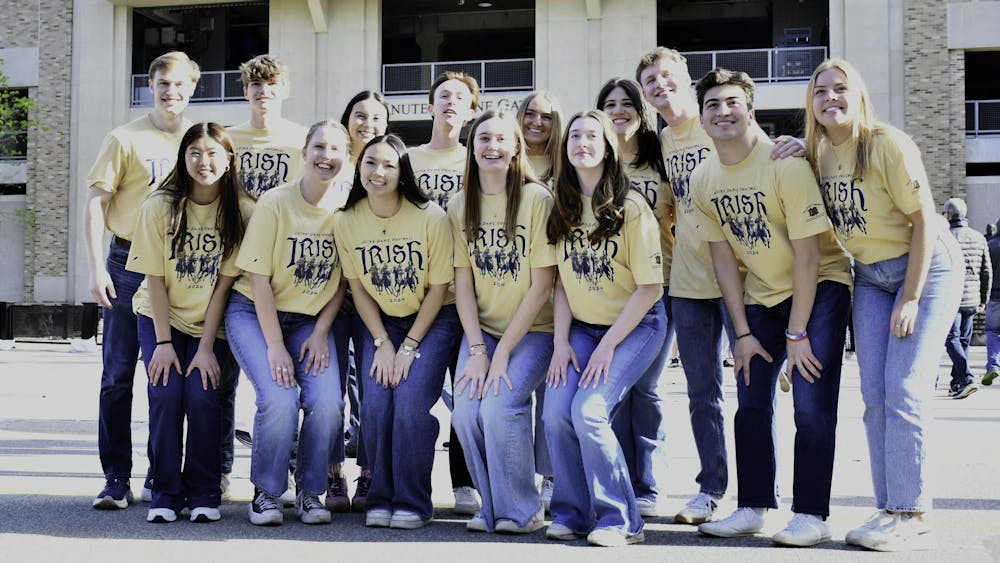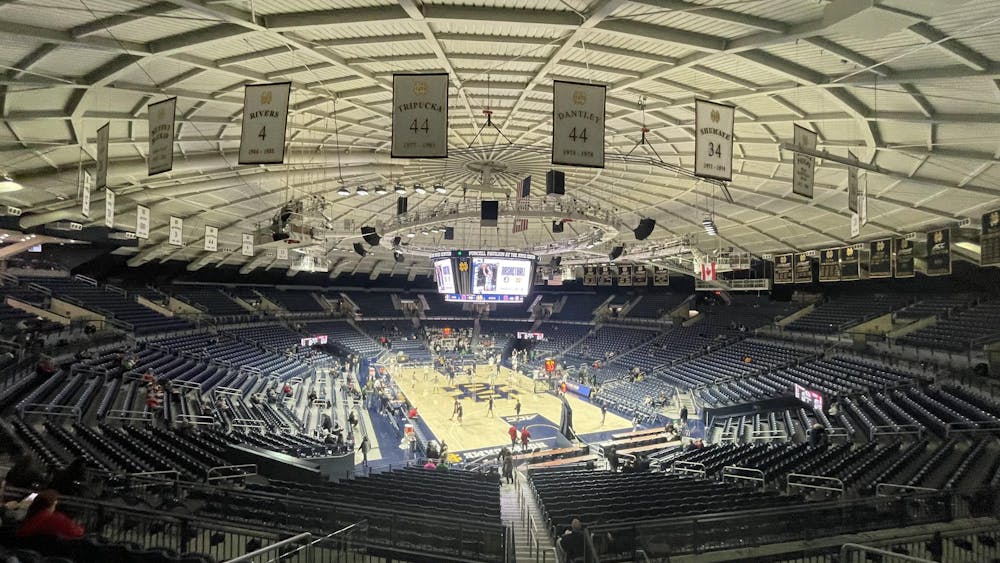Notre Dame will invest $6.5 million in campus energy conservation measures over the next two years, University president Fr. John Jenkins and Executive Vice President John Affleck-Graves announced last week.
The initiative, known as Energy Conservation Measures II, will focus on improving lighting, heating and cooling in 55 campus buildings, according to a press release from the Office of Sustainability. It will target buildings that have the most opportunities for saving energy, Rachel Novick, education and outreach program manager for the Office of Sustainability, said.

"The University has been working on efficiency renovations in several buildings, so this is the next step in that process," Novick said. "It's part of the continuous process of finding opportunities to save energy on campus, and changes will be implemented right away."
Novick said a major focus of the new initiative is improving lighting both indoors and outdoors, and this goal will be reflected in the upcoming transition to high-efficiency fluorescent lighting in buildings and the replacement of over 100 outdoor lampposts with LED lights. Additionally, LED lights will power exit signs and new lampposts installed on campus.
The initiative will also include the improvement of the heating and cooling systems on campus. Novick said many of the currently are old fashioned and energy-consuming systems will be replaced with adjustable systems that use less energy.
"There are a lot of opportunities to improve efficiency behind the scenes," Novick said. "For instance, the pumps and motors that run chemical equipment on campus will be replaced with higher efficiency models."
Novick also said the University's utilities department is conducting a careful analysis of the fume hoods used in laboratories on campus.
"Most people don't know that the hoods use a huge amount of energy," Novick said. "There is an opportunity to reduce the amounts of air used in the hoods, which would decrease energy consumption."

While the ultimate goal of making campus as energy-efficient as possible reflects the environmental consciousness of the University, Novick maintains that the $6.5 million initiative is a worthwhile financial investment.
"It's really important that the University as a Catholic institution reduces its environmental footprint," Novick said. "But it's also a great investment because all the money put into the initiative will come back in the form of energy savings in six or seven years."
Novick said the initiative is projected to yield over $1 million in annual energy savings and reduce campus carbon dioxide emissions by 14,900 tons each year, and the investment will eventually benefit students beyond simply conserving energy.
"The energy savings will lower the University's overhead, which will allow them to provide more services to students by paying less energy bills," Novick said. "This investment makes a lot of sense."
Although the initiative includes several small-scale projects, Novick said the combined effects would accumulate.
"Each individual project and building is a relatively small slice of the initiative, but it all really adds up," Novick said.












